22 Tips to Take Environmental Portraits Professionally

Environmental portrait is actually any portrait taken in the place your model actually lives, works or spends most of the time. As a rule, people feel free in their natural environment and it is easier for a photographer to depict their model’s personality rather than the appearance.
22 Environment Portrait Photography Tips
Environmental portrait photography is something between studio portraits, which are usually posed and lifestyle photography, taken almost accidentally. Follow my recommendations which may help while working with environmental portraiture for the first time.
1. Get to Know Your Subject

The first thing you should do before the shooting is to get in touch with the client i.e. speak to the model. Your aim is to listen not to talk, actually. Information about their life pace, hobbies, and leisure time will definitely come in handy while choosing suitable locations and decide on the appropriate style.
2. Define the Purpose
What message does your environmental portrait convey? Perhaps, it is a story of an average person residing in this place or, on the contrary, of an extraordinary person, story, or a character, presenting some important idea.
In order to achieve great results, remember to choose the style of the shooting, the mood, and the purpose at the very beginning. Think of any necessary assistance you may need.
3. Prepare Gear Wisely
The important thing that environmental portrait photographer should understand is that the lens is the priority, not the camera.
- View more about the best lenses for portraits you may buy for any budget.
I suggest avoiding telephoto lenses unless you have plenty of space, but if I were you, I would not use them at all. The super wide-angle lens is also not the best option unless your aim is to distort the object. A mid-range lens (35mm-70mm) is the best choice.

As a rule, typical environmental portraits are taken when a bigger part of an image is in focus and the field is rather deep. The setting around the model is important too. So, you should have a narrow aperture setting in order to capture all the details.
- Everything about about the camera settings for portraits taken in the studio and outdoors.
Use f/1.4 aperture to have the background blurred. On the contrary, if you want to get the background in focus and the portrait itself should be also sharp, use the aperture, which is 2-3 stages regarding its maximum opening (aperture ratio).
5. Adjust White Balance

If you can, it’s better to adjust white balance manually. Some cameras offer white balance manual settings. You may do it by means of special gray cards too.
- Recommended gray card for perfect white balance.
It is better to shot in RAW format. It will provide more control and make the color correction more qualitative.
6. Experiment with Shutter Speed

Start with 1/100 depending on the light. Take a test photo and check the histogram on the LCD screen. Make sure that the graphics peak is moved to the right. The basic rule is to set the shutter speed twice as short as the lens focus distance.
- Choose the best tripod for DSLR to take beautiful portraits at night.
If you use a tripod, have a camera stabilization or use the lens with built-in image stabilization, then you may take pictures with longer shutters speeds. Taking into account the fact, that models move all the time, long shutter speed is not the perfect variant for environmental portraiture.
7. Save Right
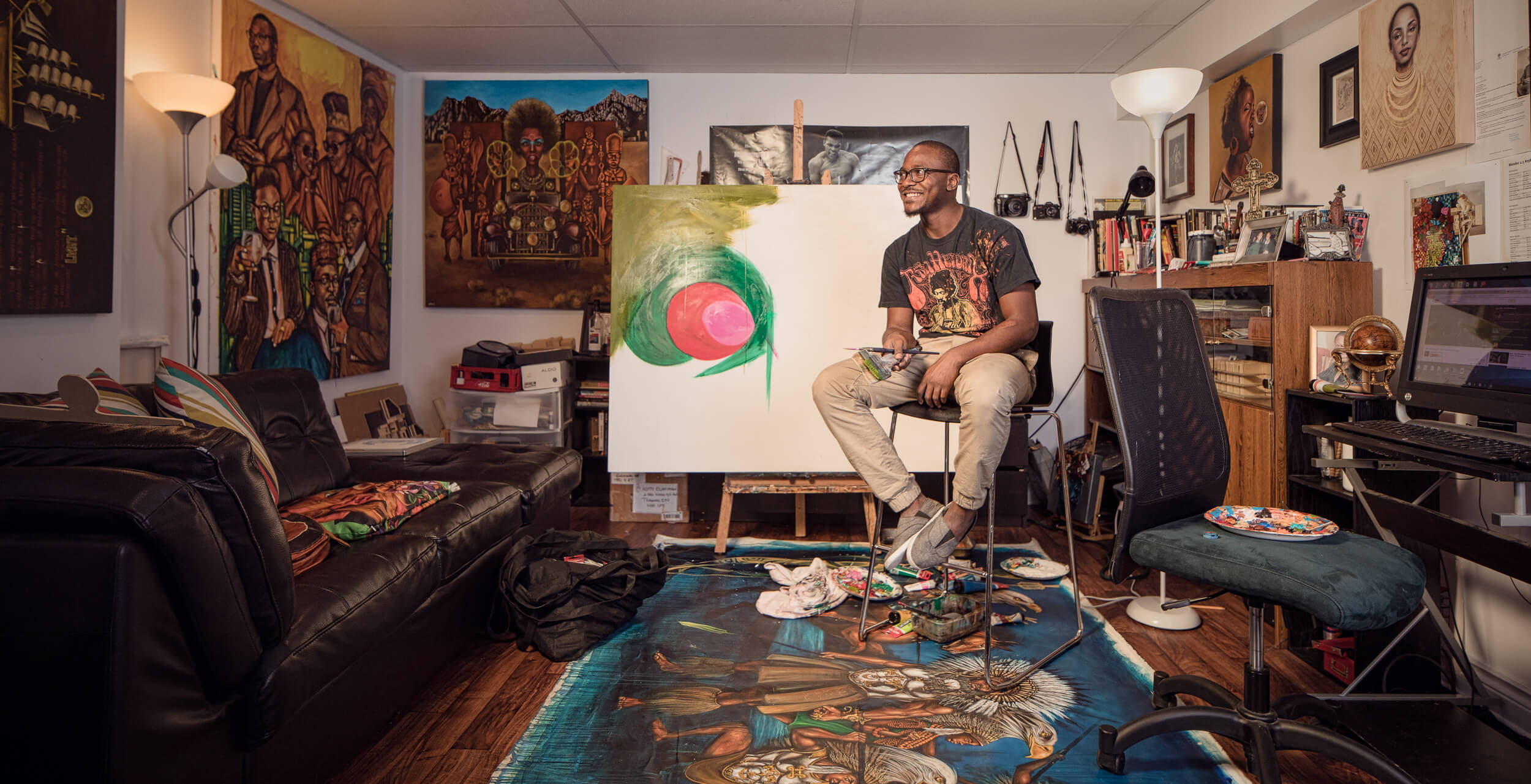
Prefer RAW format since it provides all raw data and settings that may be adjusted without picture quality loss. You may correct sharpness, contrast, white balance, and exposure even after you have shot the material.
8. Choose Perfect Places

What places come to your mind when you think about environmental portrait ideas? Of course, the person’s home and workplace. This choice is not accidental.
- View more creative portrait photography ideas you can try.
People spend a lot of time and realize significant needs there. That’s why emotions will look very sincere in the photos.
9. Suggest Favorite Café

Favorite café or coffee shop can say a lot about a person's character, tastes and preferences. As a rule, they resonate with the regular visitors’ inner world, which a good professional intends to show in the shots. Environmental photo taken in suchlike places will definitely attract viewers’ attention due to a romantic atmosphere of comfort, tranquility and rest.
10. What about Church?

This option is not universal. However, it may suit religious people for the same reasons as a home atmosphere. There is no sense in visiting such location just because it looks fantastic in the shots. The reason is quite evident.
11. Photograph Outdoors
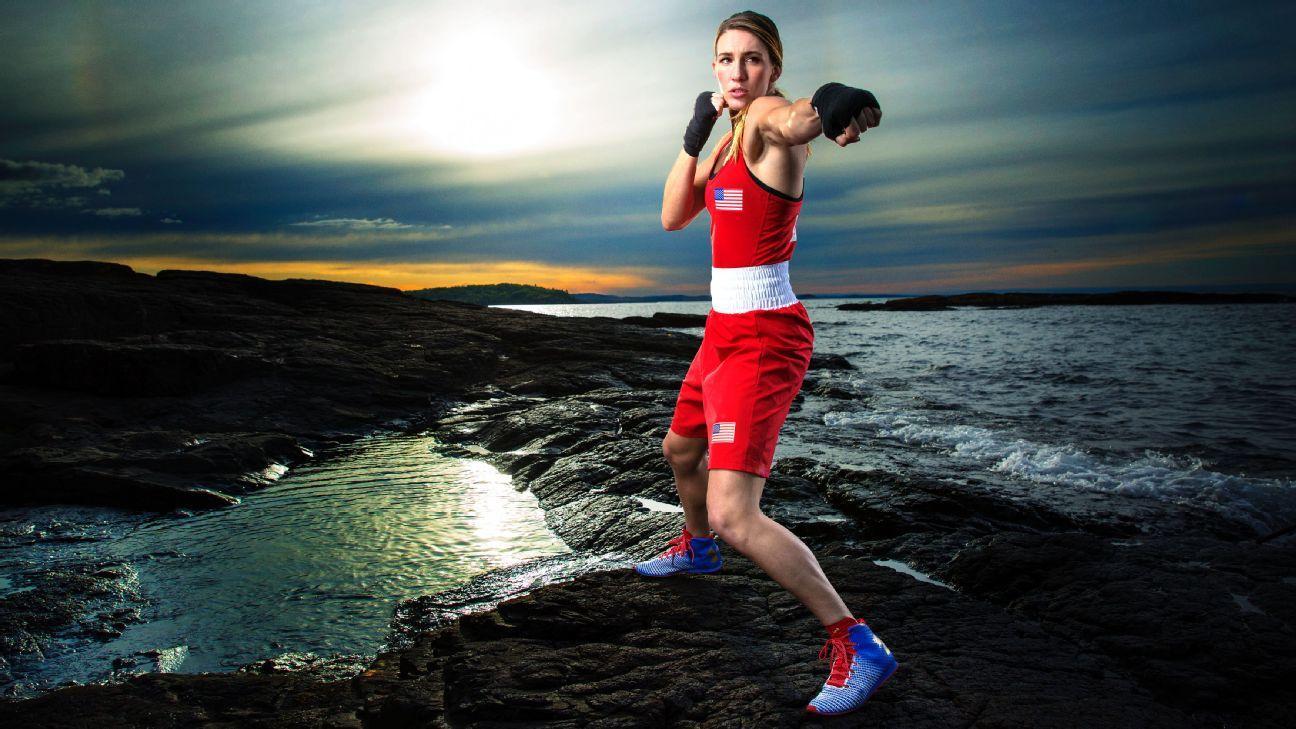
A person feels great in a natural environment. However, the outdoor location may not always be a good choice because of the weather.
- Read my guide to outdoor portrait photography for beginners.
The best hours for outdoor shooting are in the morning or in the evening. Exactly at this time, the sun provides photographers with effective and dimensional lighting.
12. Street Style

Many environmental portraits photographers take an urban landscape as a destination. They like the dynamic street style that helps reflect the person's character better.
- Read these guide to backlit portrait tips nor to overexpose your street photos.
But there is one unpleasant issue for photographers. It is called consistent lighting. But there is no reason to get upset as most big buildings can provide you with good coverage from the bright sun.
- Learn more about the best portrait photographers and develop your own style.
13. Bookstore

You can easily take the best environmental portraits in the bookstore. Are you surprised? It doesn’t mean the model has to be connected somehow with a publishing business. Maybe reading is his/her hobby.
It’s a nice alternative to the coffee shop. One more benefit of taking portraits here is an opportunity for a person to forget about a camera, relax and enjoy the process of turning the pages of a good book.
14. Give Preference to Comfortable Clothes
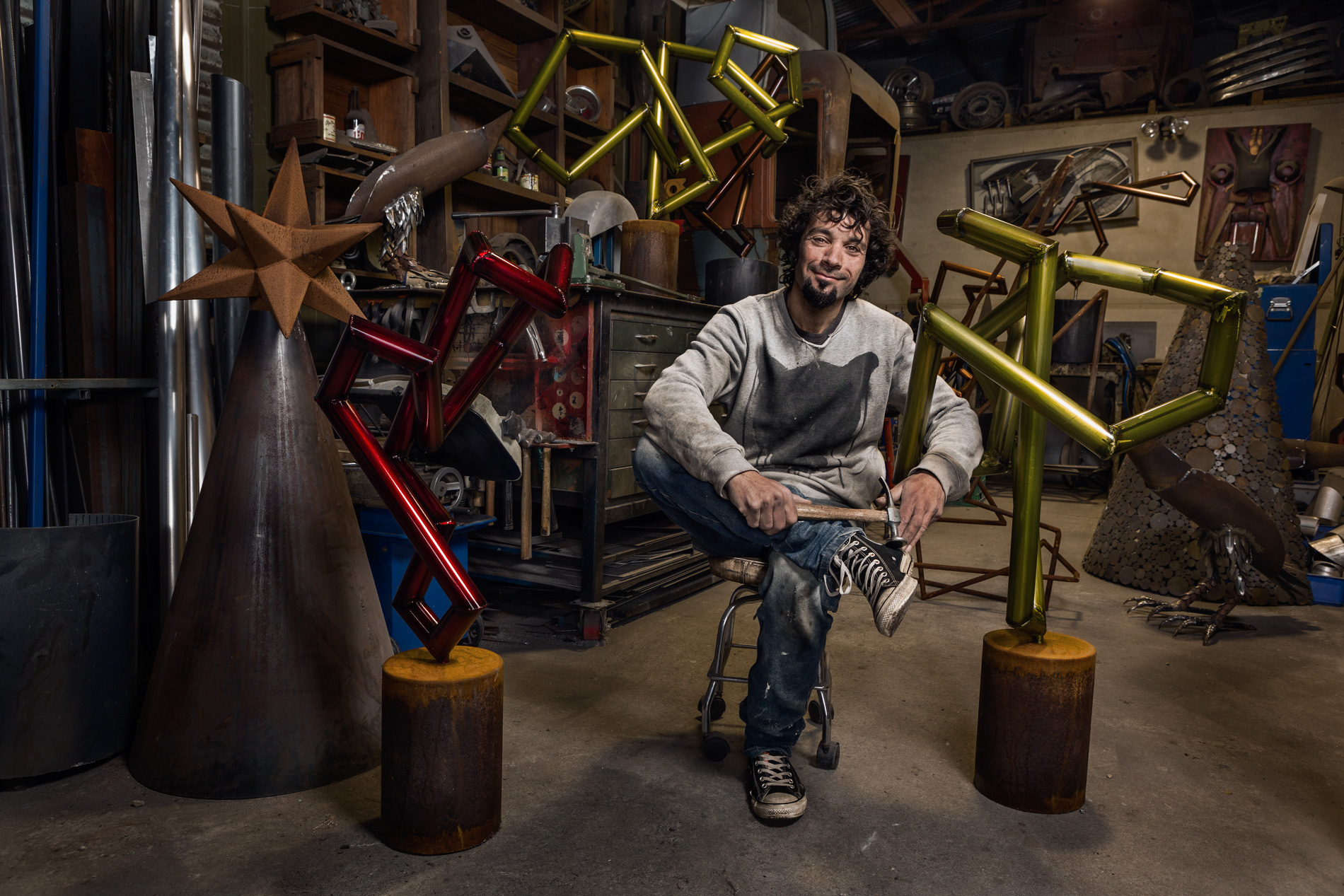
This will not only help a model feel more confident but also show his or her personality. That's why you need to take care of the overall image. It should correspond to the person's character and a general idea.
15. Fit Your Destination

First of all, think of the place where you are going to take photos. A chosen outfit for an environmental portrait should suit the surroundings. It means that you'd better imagine how the clothing will correspond to the location.
For example, a formal suit won't look appropriate for the shoot in a café while a white light dress will not suit an office format.
16. Choose Various Textures
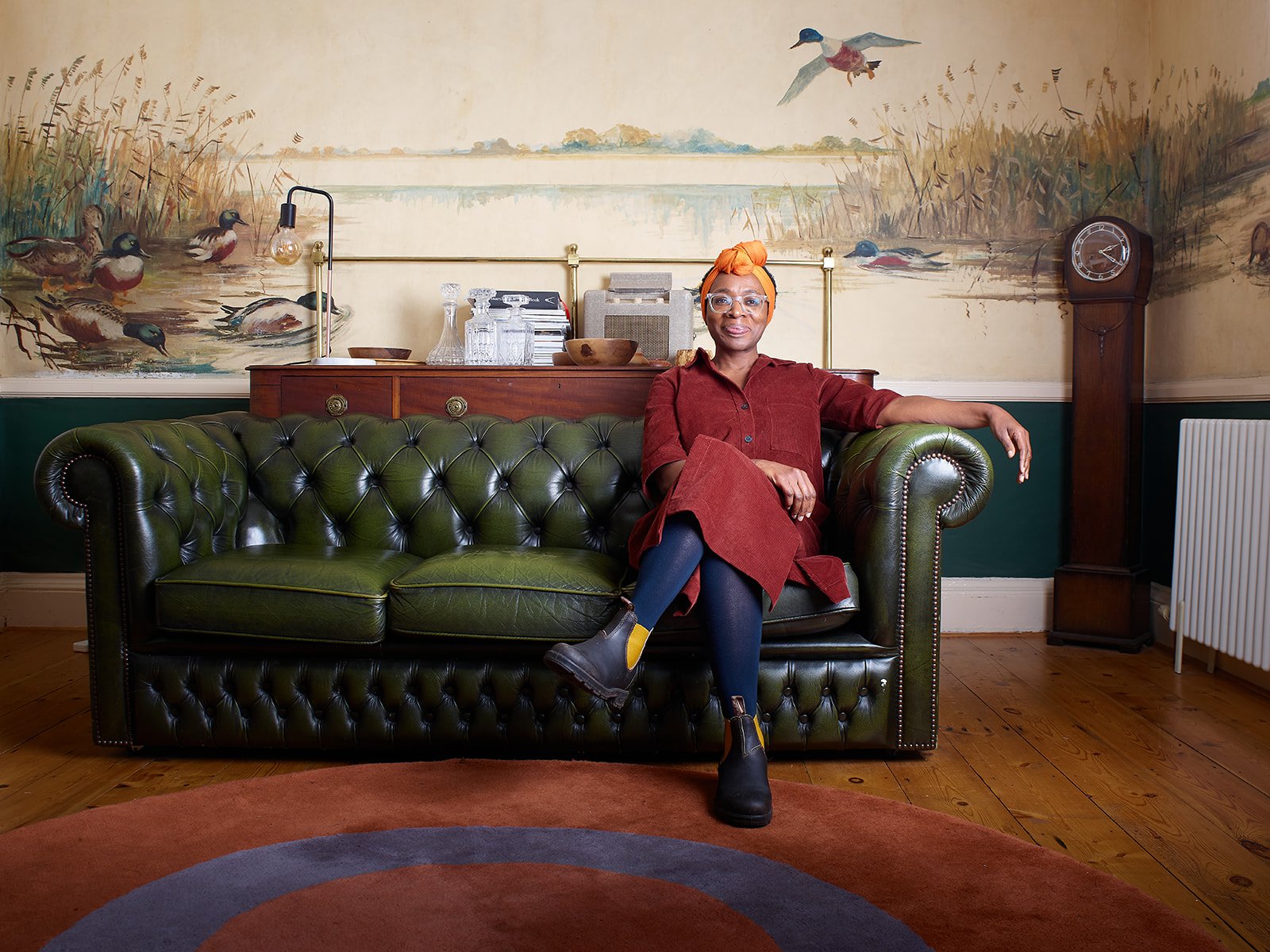
Various textures help make portraits really deep especially if you use neutral colors. Just choose clothes made of different materials: knitted sweaters, cotton and silk dresses, etc.
17. Be Attentive to Color Palette

It is better to avoid clothes with any patterns or to give preference to muted, non-contrast design. Sole-colored clothes of 2-3 tones with different textures are perfect.
You can combine elements of two pastel colors, such as gray and beige, white and pink, and one more saturated color, for example, dark green, dark blue, or burgundy.
- View more about the sun photography samples and learn some useful tricks for work.
18. Use Posing Guides
Environmental portrait requires good posing and capturing body language. It is very important to make the model feel comfortable since any confusion and misunderstanding will be visible in the image.
- Check out my portrait photography poses guide.
You should not only make the model pose well but also interact with the environment.
19. Straight Back

A bowed back and lowered shoulders do not look appealing. The neck is not visible if the model is bent. If the client forgot about the body posture, delicately remind him/her that the back should be straight.
20. Candid Smile

Smile is not as simple as it seems at first. The eyes are as important as the mouth. In order to “smile with eyes”, try to squint the lower eyelid and to slightly lower the upper one. Despite being strange and a little ridiculous, this method works effectively in practice.
21. Use Hands

Ask the model not to place hands too close to the camera in order to avoid wide hands in the frame. The palm should be open to the camera with a side part, not the wide one. As a result, the hand will look thinner and more elegant.
If you decided to use the pose, where the person supports their chin with the hand, mind that he/she shouldn’t lean on it too much. Otherwise, the pose will look hard and tense while the facial features will be distorted.
22. Look or Not to Look at Camera
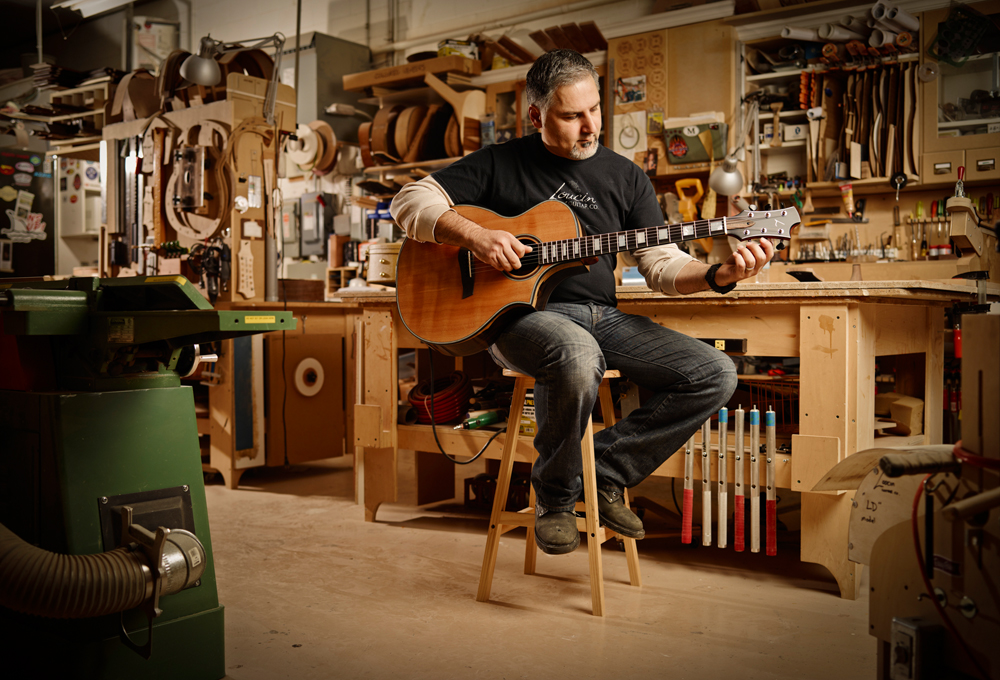
The frequently asked question is “Why people do not look directly at the camera in all images?” The answer is really simple. When we see the portrait of a person, looking directly at the camera, our attention is immediately focused on a person’s sight and facial expression.
In its own way, it is visual contact with a model in the image. On the contrary, when the model looks aside, it seems that we are watching him/her from outside.
FREEBIES for Editing Environmental Portraits
You may take professional photos if you follow all environmental portraits tips above. However, you won’t receive astonishing results without top-quality image editing.
Tonning Warm
Choose this Lightroom preset if you want to get warm and gentle shots. Apply it to the women’s or children’s environmental portraits to add some light carelessness.
- Learn more on how to use Lightroom presets to effectively speed up your work.
Cinematic
Want to make environmental portraits photography look moody? Use this preset for street shots with architecture background in cloudy weather.
Vintage
Dramatic shades and a vintage style will evoke pleasant memories of the film times. The filter will help improve both in- and outdoor pictures.
Light Blur
If you want to focus the attention of the observer on the subject, take advantage of this blurred background effect, which almost always looks beautiful.
- Read more of how to use overlays in Photoshop and create fantastic pictures.
Color Tone
It often happens that skin looks too red or too pale on the photographs. This action will help with smoothing out the skin color and simultaneous preserving its healthy natural shade and texture.














